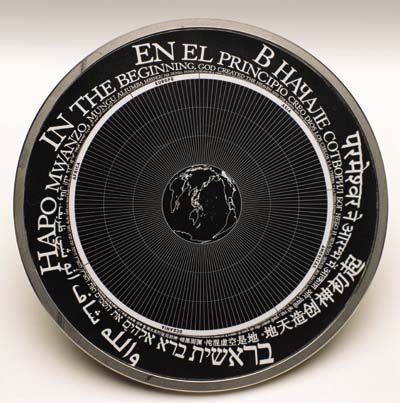The Long Now Foundation has produced a Rosetta disk containing 13,000 pages of information regarding 1,500 human languages. The text is engraved, not encoded. The text starts out large enough to read with the naked eye and becomes continuously smaller, strongly suggesting one should examine the disk under magnification to read further.

Long Now is trying to preserve documentation for thousands of years, but I just want to know how to preserve documents even for a few months or years. They want to hold on to knowledge as civilizations come and go. I’m just trying to hold on to knowledge as personnel come and go.
Mundane document preservation is a very difficult problem. Preserving the Declaration of Independence is easy; preserving meeting notes is hard. Preserving the Declaration is a technical problem. If you keep it in a glass case filled with nitrogen, keep the lights low, and make sure Nicolas Cage doesn’t steal it, you’re OK. Millions of people know that the document exists, and they know where to look for it. And besides the original paper copy, the text is available electronically in countless locations.
How do I preserve the document that describes why my internal software application uses the parameters it does? Make notes in the source code? Good idea, but most of the people who want to know about the parameters are not software developers. What about version control systems or content management systems? Great idea: put everything associated with a project in one place. But wherever you put the information, someone has to remember that it exists and know where to look for it.